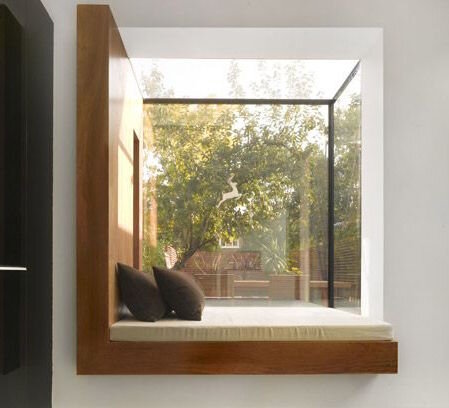how our meaning of “home” is changing as we shelter during this pandemic
thinking about positives in this pandemic …as we shelter at home alone or with family, our definition of “home” is evolving. our living environment needs to support and center us…thinking aboutactions for now and trends for the future.
•ife-cycle goals
looking at our home as a long-term investment, more renovation and expansion and less moving. incorporating accessible features, inside and out, so we can age in place, or expand “family” to include multiple generations.
• gathering spaces
we need spaces (open areas for dining, cooking, entertaining, family living) that can adequately hold our nuclear and extended family and gatherings of friends. theses spaces need to be more multi-purposoe, able to be acoustically separate when needed,and connected to outdoor living.
• private spaces
as we accept that we will be home more, we need separate private spaces, even if small, for adults and children, separate from active living areas where they can read, study, or just enjoy time alone or with a few friends.
° work spaces
we will be working at home more. one or more adult working spaces…”home offices”..need to be provided. able to be closed off acoustically and visually from active spaces. they could be a separate room, part of a master or guest bedroom, an attic retreat,
• activity spaces
quiet areas for home schooling and crafts (adult and children) with adequate storage for supplies. spaces for active interior uses like exercise, child and adult “play”
• connectivity
enhanced online access for work and school as we connect remotely more often.
• expanded family
provisions for grandparent or au-pair spaces as we realize the need for extra help as we work and school more often from home
• indoor environment
increased focus on energy conservation; on health with enhanced air quality, whole home ventilation and selection of materials for interior finish and furnishings that are environmentally friendly, on comfort as impacted by solar orientation and fresh air. .
• outdoor living
increased focus on areas for active play including play structures, pools, and sports areas. outdoor entertaining area and cooking become more important
• food + staples
increased interest in growing our own food, providing spaces for vegetable gardens or urban planters; maybe more interest in vegan life style and it’s small carbon footprint; more recycled and reusable materials as we understand the shortages and impacts of paper(who thought that toilet paper and paper towels would become so scarce) and plastic usage. provide larger and efficiently located recycling and storage areas
• community environment
less air pollution as more work from home, . selecting home sites that algreater focus on patronizing local businesses such as restaurants, theaters, retail stores, traveling shorter distance by car, bike, or on foot.

